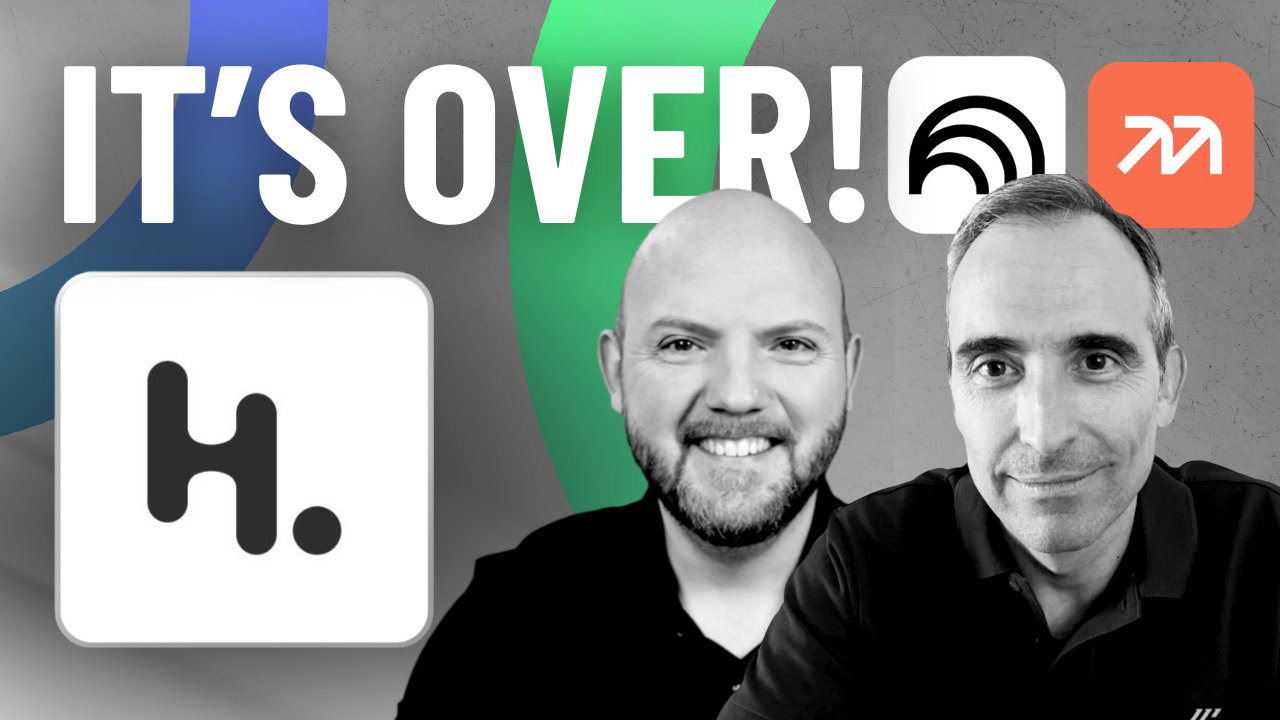In a recent podcast episode of “Productivity Like a Pro” by the Paperless Movement®, Tom Solid and Paco Cantero delve into the nuances of productivity tools, with a provocative discussion on whether or not to use Tana, a popular outliner application. They clarify that the title “Don’t Use Tana” is not an outright rejection but a caution against using it in inappropriate contexts, especially for busy professionals.
Why Tana Might Not Be for Everyone
Tana is praised for its sophisticated features and ability to organize thoughts rapidly. However, Tom and Paco highlight that it can be overkill for many busy professionals. They advocate focusing on existing tools and optimizing them instead of frequently switching to new ones. This approach ensures that productivity systems remain stable and effective.
The Hype Around Tana
The hosts discuss the reasons behind Tana’s popularity, noting its beautiful interface, minimalistic design, and robust community support. Despite its strengths, Tana can be challenging for those who are not deeply invested in customizing their productivity tools. This complexity can be a barrier for professionals who need straightforward solutions.
Complementary Tools: Tana and Heptabase
Tom and Paco emphasize that while Tana is excellent for certain tasks, it should be complemented with other tools like Heptabase for a more comprehensive productivity system. They use Heptabase for visual thinking and note that Tana is best for outlining thoughts quickly. The combination of these tools helps to balance the demands of different types of thinking and information management.
Reflect vs. Tana
Reflect is presented as a viable alternative to Tana, particularly for busy professionals who need a simpler, more integrated solution. Reflect offers features such as AI transcription, which can be highly beneficial for managing meeting notes and integrating them into broader knowledge management systems. Despite its potential, Tom and Paco stress the importance of understanding each tool’s strengths and weaknesses and choosing based on specific needs.
Building a Balanced Productivity System
The key takeaway from the discussion is that no single tool can meet all productivity needs. The Paperless Movement® advocates for a balanced approach, using a combination of tools tailored to individual workflows. Their ICOR® framework helps members identify gaps and redundancies in their tool stack, ensuring an efficient and effective productivity system.
Join the Paperless Movement® Membership
For those looking to refine their productivity systems, the Paperless Movement® offers comprehensive courses on Note-Taking, Personal Knowledge Management, Task Management, and Project Management. Join the Paperless Movement® Membership to access these resources and transform your productivity.



